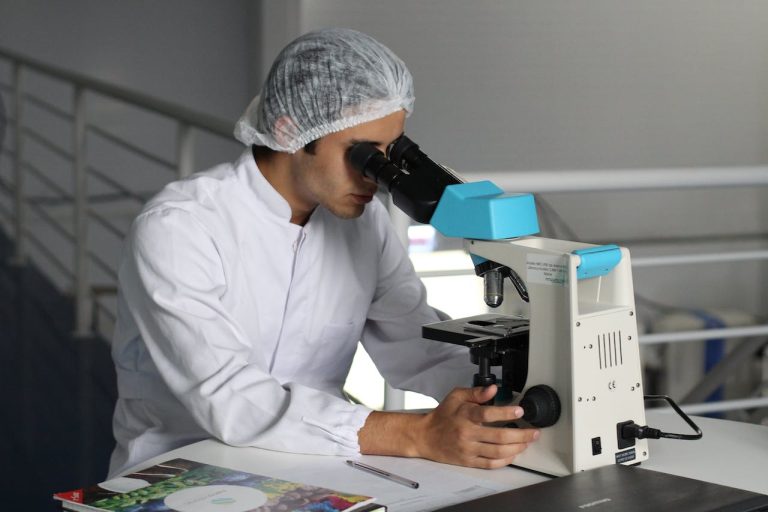VOC testing is crucial for our health and environment. VOCs are chemicals that can quickly turn into vapors and may harm us and our surroundings. In this guide, we break down VOC testing in easy terms.
You’ll learn what VOCs are and why they matter for our well-being and nature. We’ll explain how rules help keep us safe, and we’ll describe the methods used to find and measure VOCs. You’ll see how VOC testing is used in various fields, like construction and manufacturing.
This info will help you grasp the basics of VOC testing and how it keeps us in safer and healthier spaces.
Definition of VOCs
When we talk about VOC testing explained, we need to start with what VOCs (Volatile Organic Compounds) really are. VOCs are chemicals that can easily turn into gases at regular room temperatures.
They come from lots of things around us, like stuff we use every day, materials in buildings, and factories. These chemicals can make the air indoors not so good to breathe, and they might cause breathing problems.
Knowing what VOCs are is important, especially in fields like mold remediation services. It helps experts test and fix problems to make sure the air is safe and healthy for everyone.
Health and Environmental Concerns
Let’s talk about how volatile organic compounds (VOCs) can affect our health and the environment. VOCs can be a problem because they can make the air we breathe inside and outside not very healthy.
Breathing in VOCs can cause issues like trouble breathing and irritation in our eyes or throat. When VOCs get outside, they can add to pollution.
Regulatory Compliance
Regulatory compliance in VOC testing is all about following the rules set by governments to keep us safe. These rules limit the amount of certain chemicals, called volatile organic compounds (VOCs), that can be in products or the air.
Meeting these regulations is crucial to ensure our health and protect the environment. It’s a way to make sure we’re not exposed to harmful VOCs beyond safe levels.
Testing Methods
In VOC testing, we use different ways to find and measure VOCs, which are chemicals that can turn into gases. Some methods, like GC-MS and FID, help us figure out what kinds of VOCs are there and how much of them we have. These methods are important for making sure the air is safe to breathe and the environment is protected.
Applications
In construction, it ensures materials and buildings are safe. Manufacturers use it to make products with fewer VOCs. These applications keep our surroundings healthy and products safe to use.
Insights into VOC Testing
In conclusion, VOC testing is a key tool to help us understand and deal with harmful chemicals called VOCs. It ensures that the air we breathe and the things we use are safe.
Knowing what VOCs are and why they matter for health and the environment is important. Following the rules about VOCs keeps the air clean and nature safe. Different industries, like building and making stuff, use VOC testing to ensure safety.
By learning about VOC testing, we’re making our world cleaner, safer, and better for everyone.
Did you find this article helpful? You can check out our website for more awesome content like.

